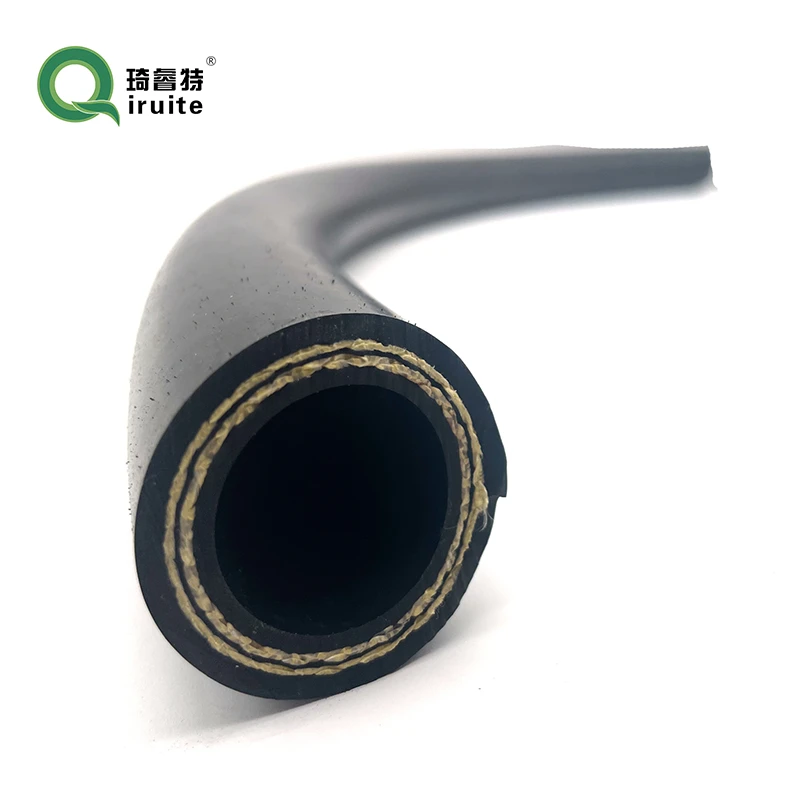automotive air conditioning hose repair
Automotive Air Conditioning Hose Repair A Comprehensive Guide
Automotive air conditioning systems play a crucial role in ensuring passenger comfort, especially during hot weather. A key component of these systems is the air conditioning hose, which transports refrigerant between the various components of the AC system. Over time, these hoses can wear out, develop leaks, or become damaged, leading to a decrease in system efficiency and performance. In this article, we will explore the common signs of hose failure, possible causes of damage, and a step-by-step guide on how to repair or replace air conditioning hoses in your vehicle.
Signs of Hose Failure
It’s essential to keep an eye on the condition of your air conditioning hoses. Here are some signs that may indicate a problem
1. Visible Damage Cracks, frays, or bulges on the hose’s surface are telltale signs that your AC hose is deteriorating and may need replacement.
2. Refrigerant Leaks If you suspect that you are losing refrigerant due to a leak, check the hoses. A greasy residue around the hose joints may indicate a refrigerant leak.
3. Warm Air from Vents If your air conditioning system is not blowing cold air, it could be due to a refrigerant leak in the hoses, hindering proper AC function.
4. Unusual Noises Hissing or bubbling sounds coming from the AC system often suggest refrigerant escaping from a damaged hose.
Causes of Damage
Several factors can contribute to the deterioration of automotive AC hoses
- Age and Wear Over time, hoses naturally degrade due to heat and exposure to the elements. - Chemical Exposure Oil, grime, and chemicals can corrode the rubber material of hoses, leading to failure. - Mechanical Stress Vibration from the engine and other components can cause hoses to rub against metal parts, leading to wear and tear. - Improper Installation Hoses that are incorrectly installed may suffer from excess stress or kinks, leading to premature failure.
Steps for Repair or Replacement
automotive air conditioning hose repair

If you determine that your AC hose needs repair or replacement, here’s a step-by-step guide to help you through the process
1. Gather Necessary Tools and Materials Before starting, ensure you have all the necessary tools, including a wrench set, pliers, a refrigerant recovery machine, and new hoses or hose repair kits. Safety goggles and gloves are also essential.
2. Recover Refrigerant Before any repair, it’s crucial to safely recover the refrigerant from the system. This prevents any harmful emissions into the atmosphere. Use a refrigerant recovery machine to do this.
3. Access the AC Hoses Locate the AC hoses in your vehicle. This may require removing additional components, such as the air filter or other engine parts, to gain better access.
4. Remove the Damaged Hose Use wrenches to disconnect the damaged hose from the AC compressor and the evaporator. Make sure to collect any leftover refrigerant that might leak from the open lines.
5. Inspect the Connection Points Check the connection points for any damage or wear. If the connectors are damaged, you may need to replace them as well.
6. Install the New Hose Take your new hose and securely attach it to the AC compressor and evaporator. Ensure that the connections are tight to prevent any future leaks.
7. Recharge the System Once the new hose is securely in place, you’ll need to recharge the AC system with refrigerant using the recovery machine. Follow the manufacturer’s specifications for the correct amount of refrigerant.
8. Test the System Start your vehicle and turn on the AC to check if it is functioning correctly. Ensure that cool air is coming from the vents and monitor for any signs of leaks.
9. Final Inspection After a test run, inspect the new connections for signs of leaks or issues.
Conclusion
Repairing or replacing an automotive air conditioning hose can seem daunting, but with the right tools and knowledge, it can be accomplished effectively. Regular maintenance and inspections can help prolong the life of your AC system and ensure you stay comfortable while driving. If you are unsure about any steps or if you encounter serious issues, it is always advisable to consult a professional mechanic for assistance. Keeping your vehicle’s air conditioning system in top shape will enhance your driving experience, making every journey more enjoyable.
-
Ultimate Spiral Protection for Hoses & CablesNewsJun.26,2025
-
The Ultimate Quick-Connect Solutions for Every NeedNewsJun.26,2025
-
SAE J1401 Brake Hose: Reliable Choice for Safe BrakingNewsJun.26,2025
-
Reliable J2064 A/C Hoses for Real-World Cooling NeedsNewsJun.26,2025
-
Heavy-Duty Sewer Jetting Hoses Built to LastNewsJun.26,2025
-
Fix Power Steering Tube Leaks Fast – Durable & Affordable SolutionNewsJun.26,2025

